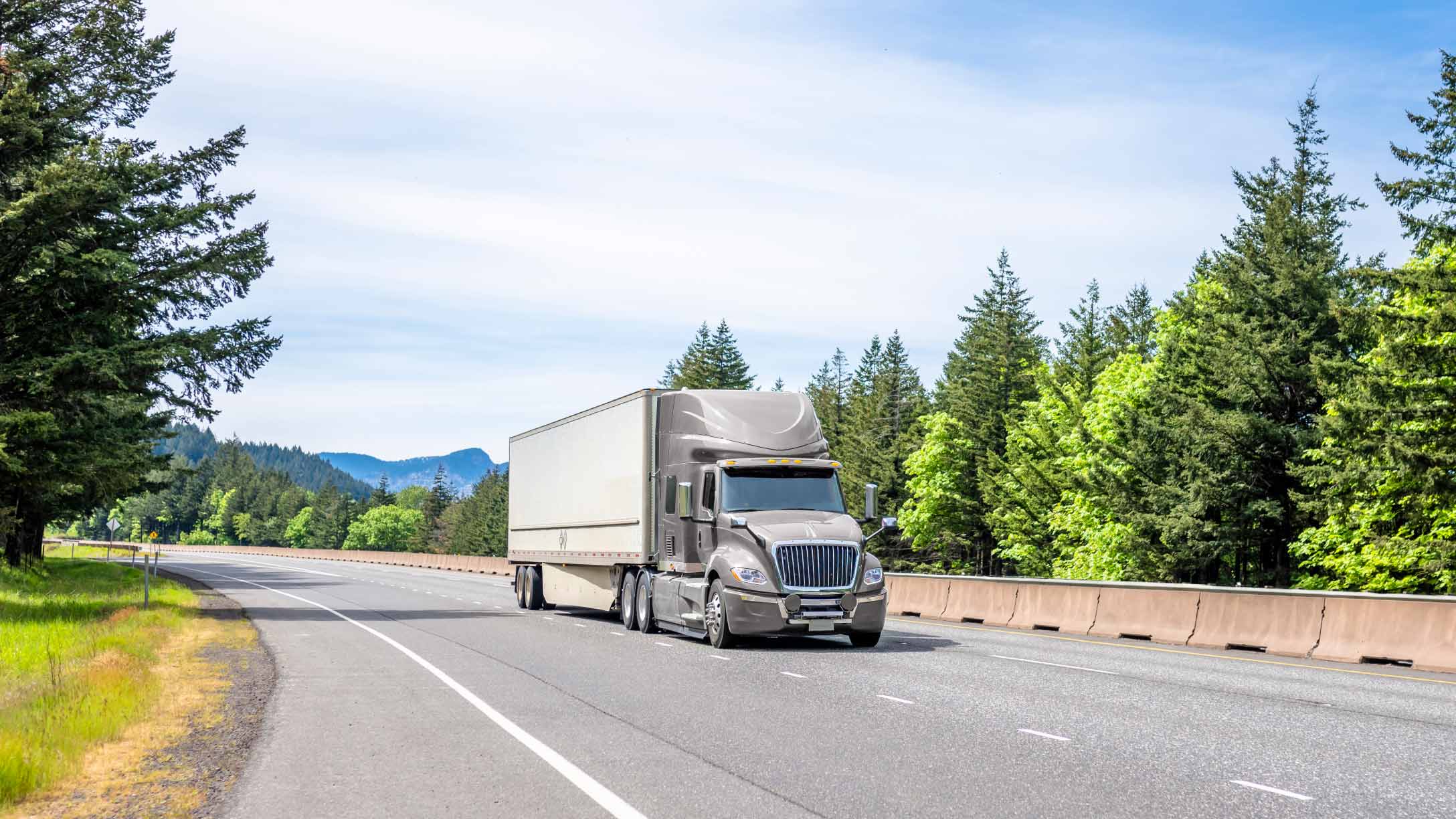CARB compliance means that a vehicle or equipment meets California’s strict emission limits, which are intended to reduce air pollution and greenhouse gases.
California enforces strict environmental standards to protect air quality and requires fleets to follow CARB compliance. CARB non-compliant vehicles can end up with fines reaching up to $10,000 per vehicle per day. In 2022, CARB collected $21.5 million in penalties. It can even lead to operational disruptions that can quickly erode your profit margins.
Explore key aspects of CARB regulations, from understanding what CARB means, to obtaining compliance certificates for programs like the CARB Clean Truck Check and how modern telematics solutions like Geotab’s Emissions Diagnostics Report can prove useful.
What does CARB mean?
CARB stands for the California Air Resources Board, a state agency established in 1967 to combat severe air pollution and protect public health.
Over the decades, CARB has pioneered stringent emissions standards and implemented innovative policies to improve air quality across California. Its work has been instrumental in reducing pollutants and has often served as a model for environmental regulations nationwide.
While the Environmental Protection Agency (EPA) sets environmental policies at the federal level, CARB focuses exclusively on California’s unique air quality challenges. This localized approach enables CARB to address regional issues more effectively, ensuring California not only meets but exceeds national benchmarks for clean air.
But CARB’s rigorous standards have influenced environmental policy beyond California. Several states, including New York and Massachusetts, have adopted CARB-equivalent emissions regulations to tackle their own air quality issues. As a result, many automakers and equipment manufacturers now design products to meet these high standards nationwide, driving innovation in cleaner technologies across the United States.
What is CARB compliance?
CARB compliance refers to meeting the standards and requirements set by the California Air Resources Board to control vehicle emissions and ensure environmental safety. For fleets, this means adhering to specific regulations that govern vehicle modifications, emissions testing and timely reporting of compliance data.
Maintaining CARB compliance is essential not only for fleets to reduce air pollution and ensure smooth Department of Motor Vehicles (DMV) registration, but also for avoiding fines, penalties and enhancing operational efficiency.
By using approved methods and technologies, such as continuous emissions monitoring systems, fleets can accurately gather and report emissions data. California’s pioneering efforts in establishing rigorous emissions standards have inspired several other states to adopt similar measures.
Key CARB regulations for fleets
Fleets operating in California must adhere to a range of CARB regulations designed to protect air quality and ensure environmental sustainability. Compliance is not just a legal requirement — it’s a vital component of responsible fleet management that helps reduce harmful emissions, improve fleet performance and avoid costly fines.
Here are some key CARB regulations you should be aware of:
- Clean Truck Check Program (Heavy-Duty Inspection and Maintenance Regulation – HDI/M): This regulation requires heavy-duty vehicle owners to ensure their vehicles meet specific emissions standards through regular inspections and maintenance. It’s crucial for maintaining air quality and reducing pollution from heavy-duty vehicles.
- In-use off-road diesel fleet regulation: This regulation requires diesel-fueled vehicle fleets to implement compliance programs, including periodic inspections, record-keeping and reporting, to verify that vehicles meet CARB’s fixed emissions performance criteria.
- Zero-emission vehicle (ZEV) mandates: Fleets must meet specific percentages of new vehicle sales with zero-emission vehicles, such as battery electric and hydrogen fuel cell models, to drive cleaner transportation. You can use our EV sustainability assessment to start your EV transition and simplify the process.
- Idle-reduction requirements: These rules aim to minimize unnecessary engine idling, which not only wastes fuel but also increases emissions. Fleets are encouraged or required to implement idle-reduction strategies, such as automatic engine shut-offs and driver coaching software.
- Low carbon fuel standard (LCFS): The LCFS mandates using fuels with lower carbon intensity, promoting a shift toward cleaner energy sources. Your fleets must track fuel usage and emissions, ensuring their operations contribute to overall reductions in greenhouse gas emissions.
Recent Articles

How AI dash cams for fleets stop distracted driving and deliver true safety gains

What’s new in MyGeotab — September 2025


